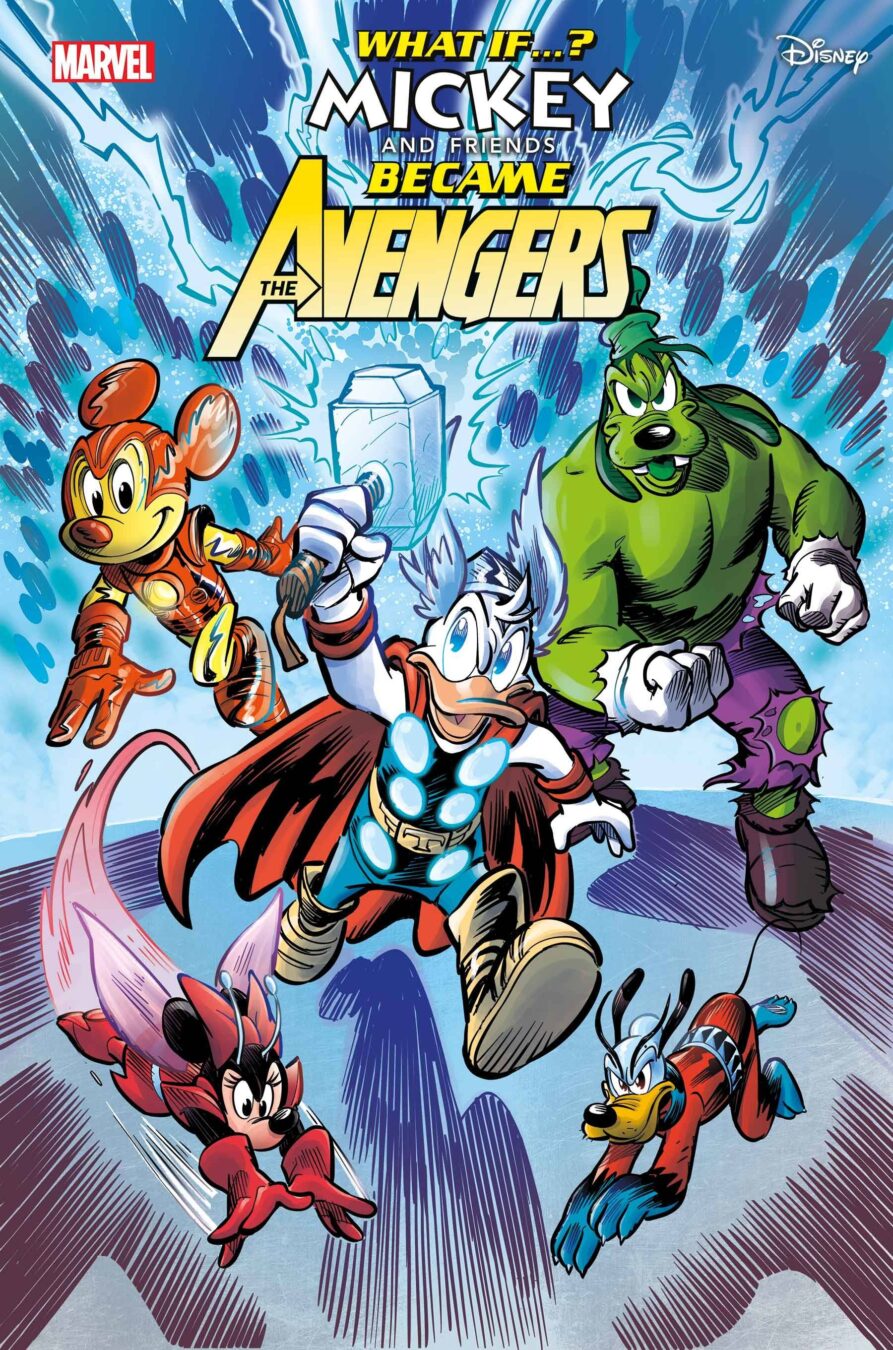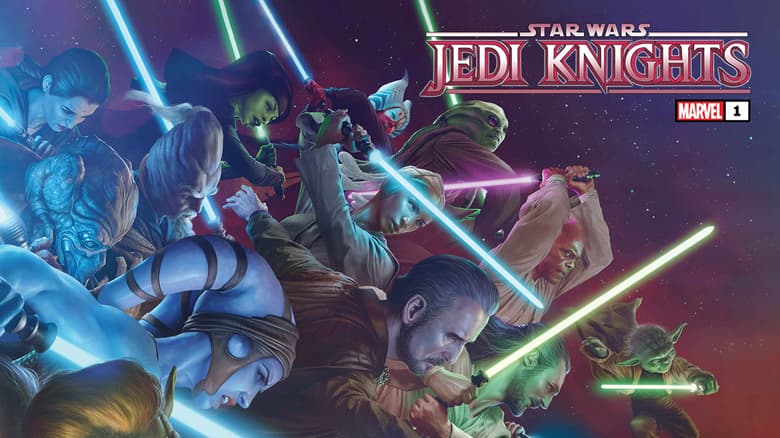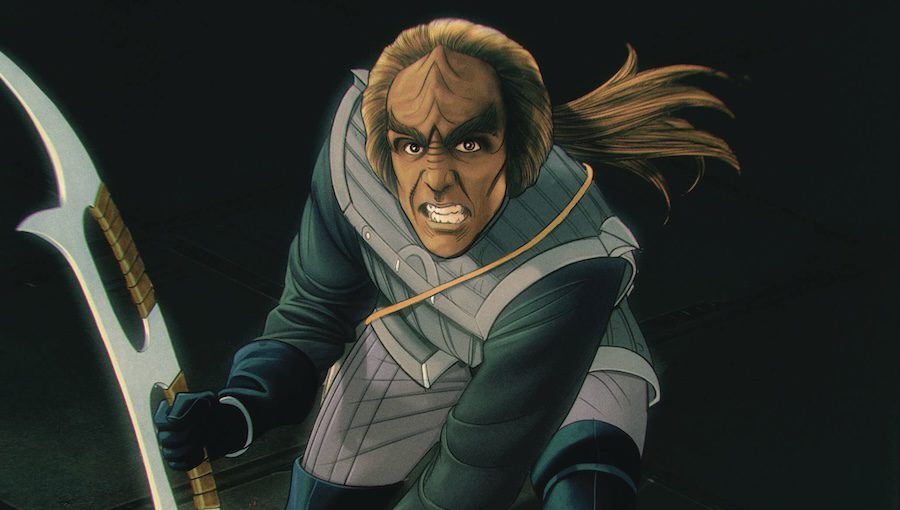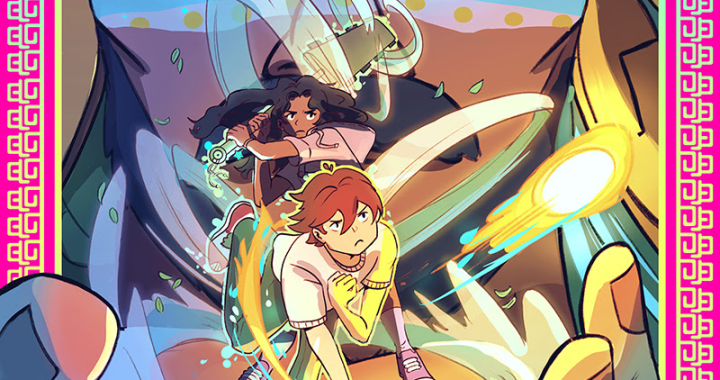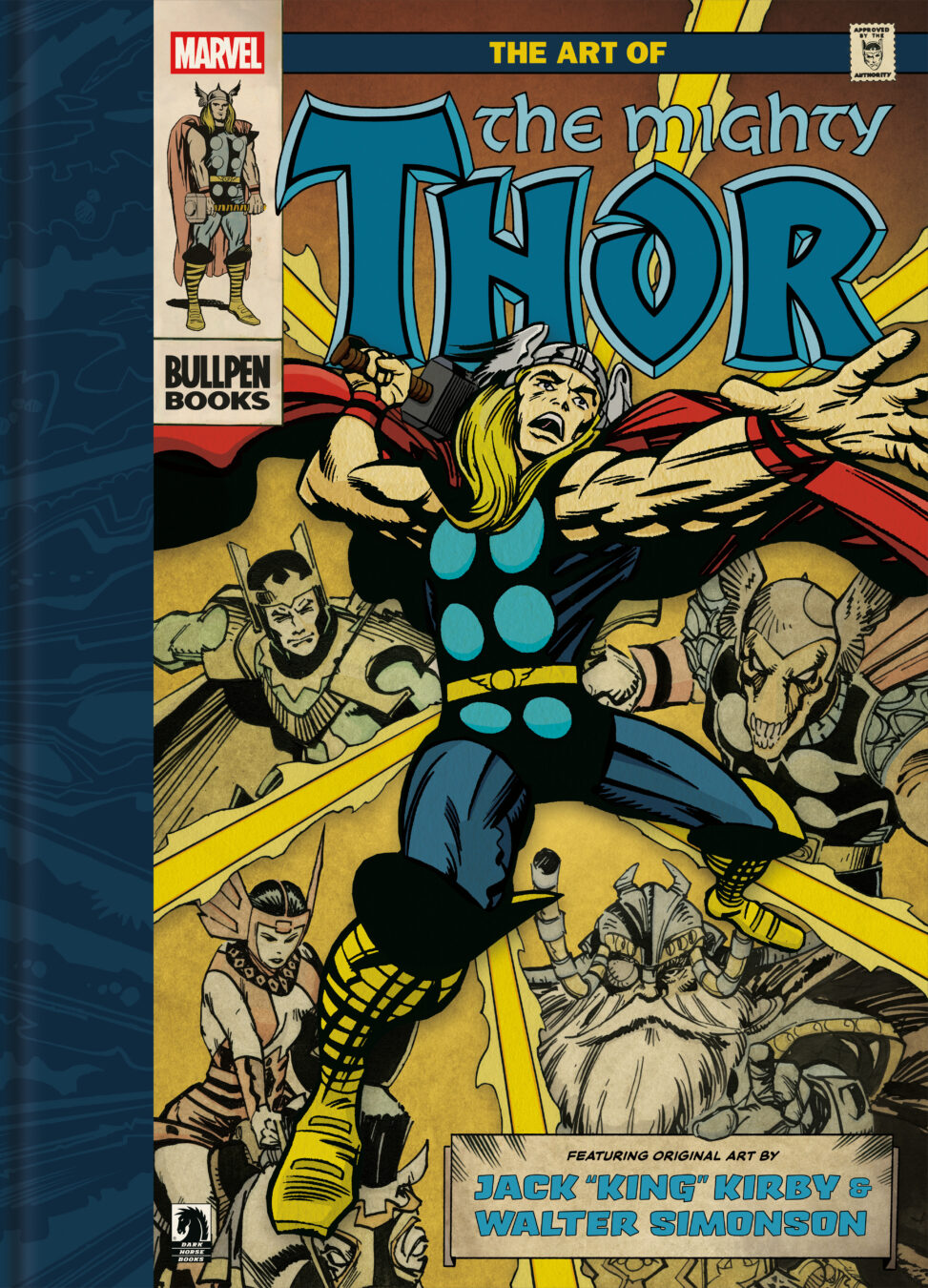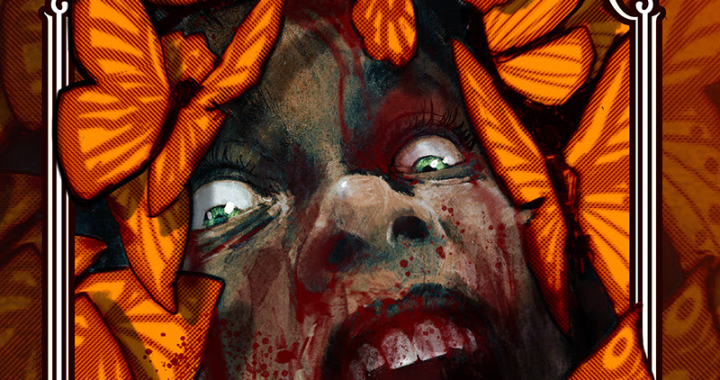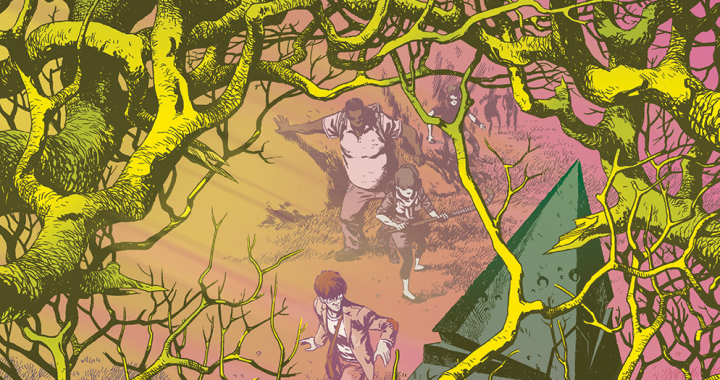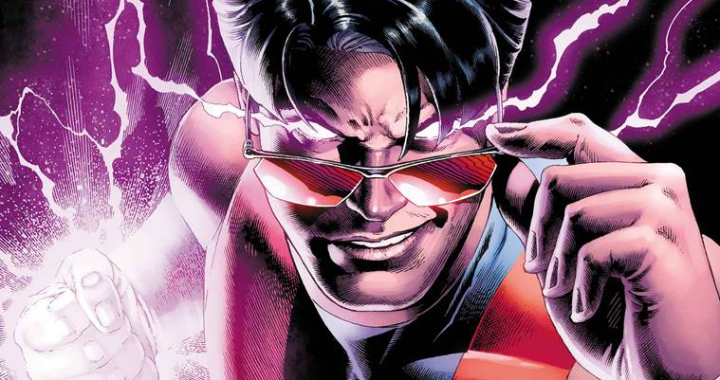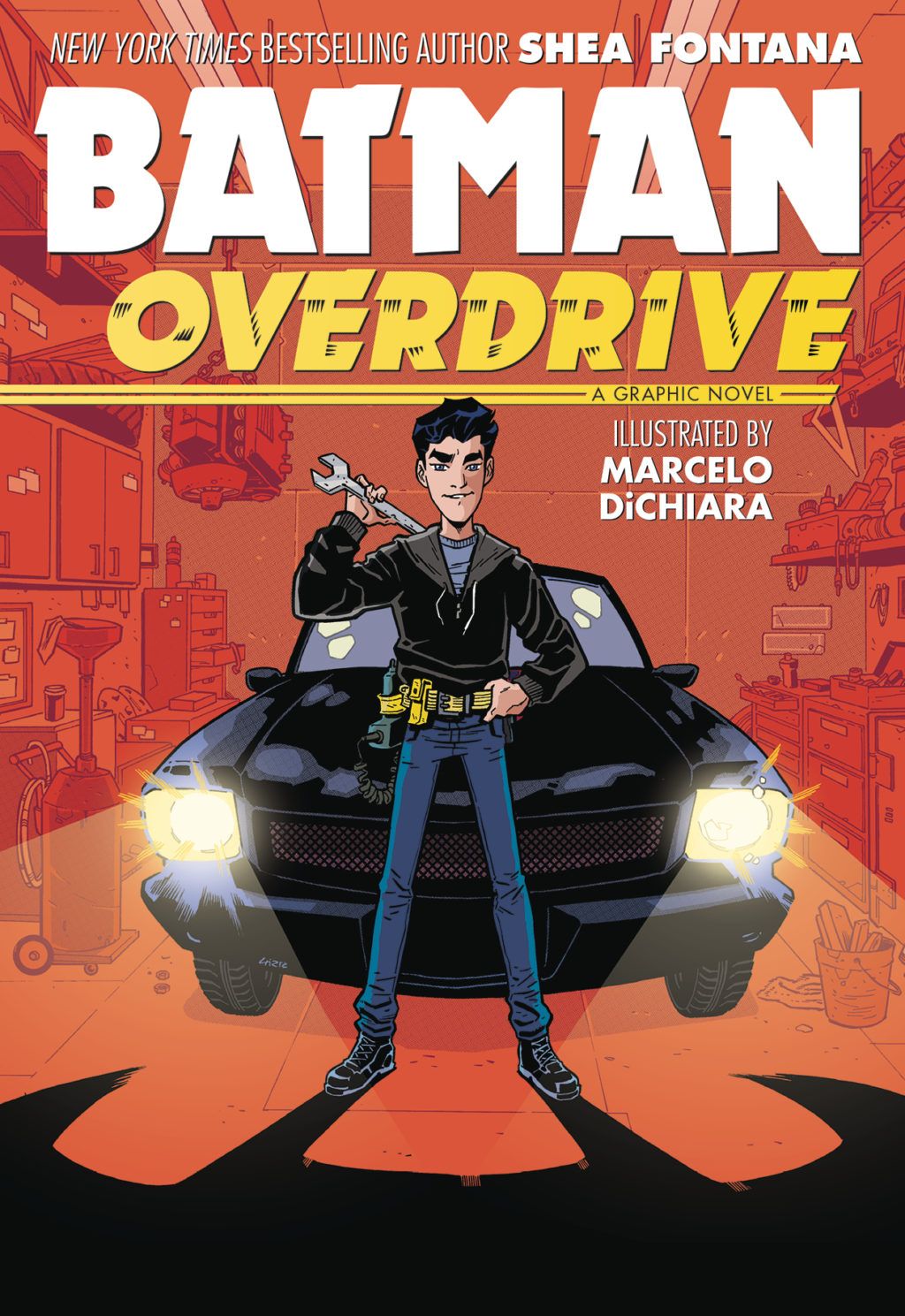
REVIEW: Batman: Overdrive
 One of the best recent initiatives by DC has been the young adult line of graphic novels. Simple, self-contained superhero stories for young readers both allows for a gateway into comics and rides of the huge wave of success among children and young adult fiction incorporating comic elements. The key to these comics is keeping the story simple, even while presenting complex themes and amazing artwork drawing in young readers to the DC Comics brand.
One of the best recent initiatives by DC has been the young adult line of graphic novels. Simple, self-contained superhero stories for young readers both allows for a gateway into comics and rides of the huge wave of success among children and young adult fiction incorporating comic elements. The key to these comics is keeping the story simple, even while presenting complex themes and amazing artwork drawing in young readers to the DC Comics brand.
A comic that ostensibly combines Batman with car culture should be a clear winner within this paradigm. Batman Overdrive effectively uses the simple formula of teen anger and guilt used to great effect in the Gotham television series. It simplifies many of the elements of that series and adds in a major change to the conflict, with Bruce suspecting Alfred of being involved with the death of his parents.
Writer Shea Fontana takes advantage of the ‘Elseworlds-lite’ young adult perspective to reset Bruce Wayne’s story to a time just before his 16th birthday. This is a Bruce with a much more specific perspective and mission. Rather than trying to prevent future injustices and crimes, this Bruce is obsessed with the true cause of his parents’ murder.
The story begins with Bruce taking a martial arts class and facing off with a young Alberto Falcone with his father watching alongside their teacher Master Xiao. Xiao is also working with female students including orphans Pammy, Harleen, Selina Kyle and Shiva. The relationship between Bruce and Selina is one of the driving elements of the book.
The other driving element is of course meant to be driving. Unfortunately this is where this book is more limited. It should be a full embrace of car culture and love of the road. Instead its runs through the motions of fixing up Thomas Wayne’s Crusader, with the help of new friend Mateo Diaz, but can’t convey the energy of the road and racing. It wants to be Fast and Furious but feels more like children riding go-carts for most of the book.
The elements of the book that do work best are the relationships between the characters. The friendship between Mateo and Bruce is genuine, and as they rebuild the Crusader and work to solve the mystery of the Waynes’ death they build a genuine bond that we rarely see for Bruce. Mateo renames the Crusader ‘The Batmobile’ when a bat emerges when they open the hood. Bruce’s relationship with Selina is similar to what we know from the Gotham tv series. Bruce disagrees with Selina’s criminal ways but they form a bond through common core morality, mutual attraction and a love for adventure.
Even while he discovers the crimes of the Falcones both past and present, the most important relationship of the book unfolds. This is the largest departure from the mythos. The young Bruce has a dramatically different relationship with Alfred. Rather than the grudging respect for Alfred’s authority, Bruce begins as seeing Alfred as a jailer. The teen angst grows as Bruce finds a file about Alfred in Falcone’s office. The mistrust snowballs to the point where Bruce fires Alfred. Bruce can’t see all the support Alfred gives him because of his own internalized guilt over his parents’ death.
All of these relationships reach a typical divide and resolution as Bruce turns sixteen, solves a car theft and Alfred’s kidnapping with his friends, and makes up with them all in the process. The action ends with a car chase with Bruce taking down Alberto on what is ostensibly his first day of driving with Alfred’s guidance.
Many of DC’s young adult books use newer art styles and manga elements. The art throughout this issue is a bit more of a basic house style. Marcelo Dichiara has strong story-telling elements and the action scenes and emotions are well done. The art as a whole is too simple and the car action elements are weaker, but the art matches the tone of the story well and does a good job telling this story.
The young adult books for DC allow for unique opportunities for simple, self-contained superhero stories not tied to the restrictions of continuity and allowing for new audiences to discover the joy of reading comics. Having versions of DC heroes with altered circumstances works well as long as the core of the characters remains true. This book feels much more akin to the characters in the Gotham series than the Batman we know.
On it’s own merits, this is an interesting comic with a good narrative arc. Ultimately this story lacks weight because it does not feel like a story of the hero we know and love. Batman’s psyche stopped at the moment his parents were killed. His mission became stopping future tragedies such as the one that shaped his life. Having a teen version of our hero, processing emotions such as distrust, grief and guilt is interesting, but doesn’t ring true to the underlying core of Batman.
Writing: 3 stars of 5
Artwork 3 stars of 5
Colors 3 stars of 5
Overall Rating: 3 stars of 5
Written By: Shea Fontana
Illustrations By: Marcelo DiChiara
Colors By: Hilary Sycamore
Author Profile
- M.R. Jafri was born and raised in Niagara Falls New York and now lives with his family in Detroit Michigan. He's a talkative introvert and argumentative geek. His loves include Star Wars, Star Trek, Superheroes, Ninja Turtles, Power Rangers, Transformers, GI Joe, Films, Comics, TV Shows, Action Figures and Twizzlers.
Latest entries
 Comic BooksMarch 18, 2025Review: What If? Mickey and Friends Became Avengers #1
Comic BooksMarch 18, 2025Review: What If? Mickey and Friends Became Avengers #1 Comic BooksMarch 17, 2025Review: Star Wars Jedi Knights #1
Comic BooksMarch 17, 2025Review: Star Wars Jedi Knights #1 Comic BooksMarch 4, 2025Review: Star Wars: The Rise of Skywalker #1
Comic BooksMarch 4, 2025Review: Star Wars: The Rise of Skywalker #1 Comic BooksMarch 3, 2025Review: Star Trek Defiant #24
Comic BooksMarch 3, 2025Review: Star Trek Defiant #24
